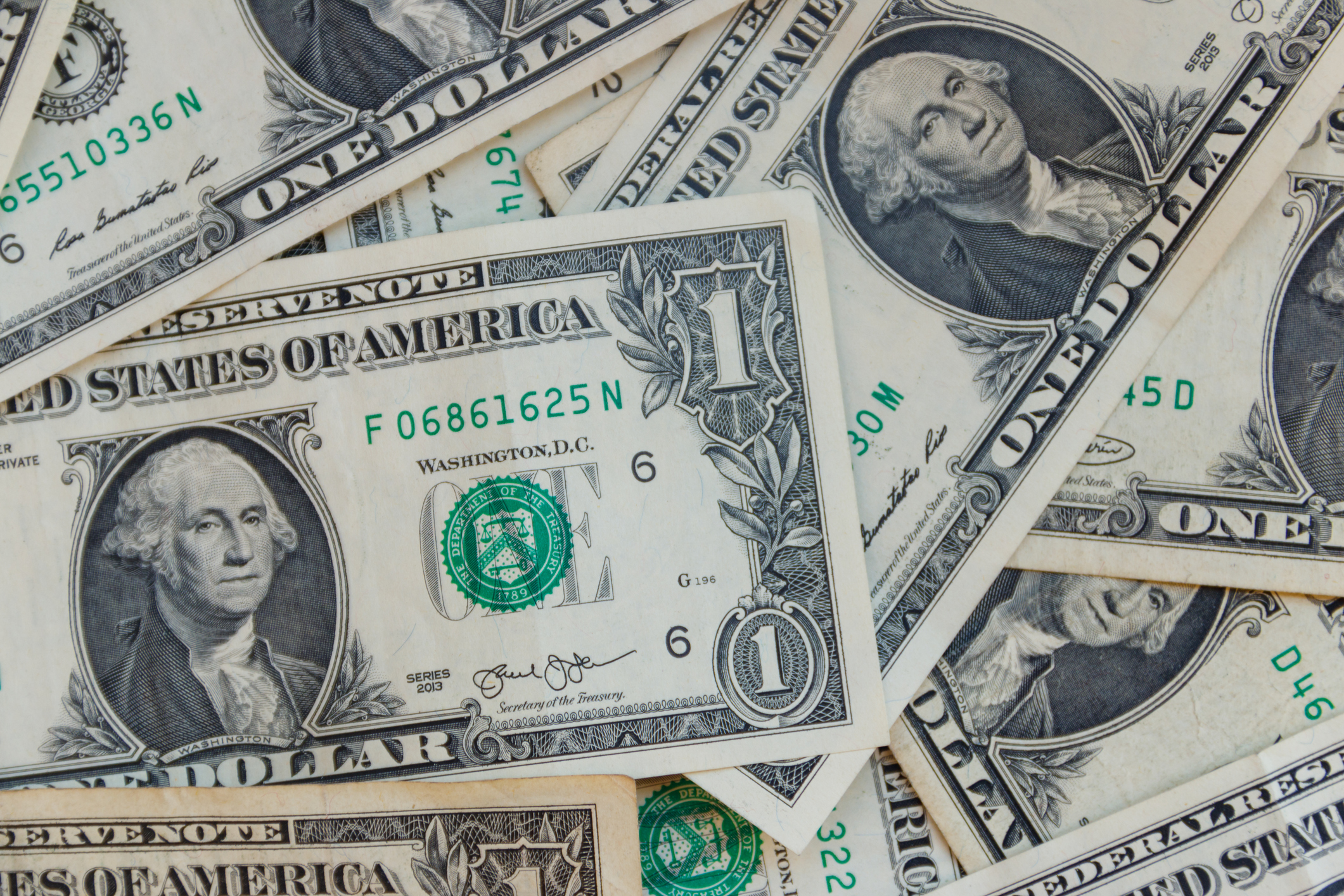@font-face { font-family: "Arial"; }@font-face { font-family: "Cambria"; }p.MsoNormal, li.MsoNormal, div.MsoNormal { margin: 0in 0in 0.0001pt; font-size: 12pt; font-family: "Times New Roman"; }div.Section1 { page: Section1; }An alien assault on the U.S. military in the moviemaking capital of the world is merely the stuff of big-budget sci-fi extravaganzas like the upcoming film “Battle: Los Angeles,” right?
Um, maybe not.
"Battle: Los Angeles," opening next Friday, takes audiences through a full-scale alien invasion from the perspective of U.S. grunts on the front lines. It's being called "Independence Day" meets "Black Hawk Down." But it's also, believe it or not, being called "based on a true story." Well, kinda.
Columbia Pictures is tying their promotion of "Battle: Los Angeles" into the belief that exactly 69 years ago, some adventurous E.T.s may have gotten into the real-life wartime action in the skies over Santa Monica during World War II, an event that remains as mysterious today as it was in 1942.
“You want to draw on a collective conscious of images that have been seen, and the funny thing was that no one has really ever heard of it or seen it,” director Jonathan Liebesman tells PopcornBiz. “What's great is that it was a real event that you can extrapolate from. So it's just using stuff in our collective conscious and melding it with this real event.”
Shortly after 2 a.m. on Feb. 25, 1942 – less than three months after the United States’ entry into the war following the Japanese attack on Pearl Harbor – air raid sirens wailed throughout Los Angeles. The military had ordered a total blackout of the L.A. area after unidentified objects were spotted soaring over the region. As terrified civilians braced for another possible surprise attack mounted by the Axis powers, the coastal artillery brigade began firing a steady salvo of antiaircraft shells. The mystery objects (as few as nine, as many as 25, according to reports) moved south from Santa Monica to Long Beach before disappearing. More than 1400 shells were launched over a one-hour period, not one of which hit their targets. An “all clear” was sounded after 7 a.m. the next morning.
“This is the outset of World War II, and in Los Angeles particularly – the whole West Coast of the United States, but L.A. specifically – was under this absolute panic after Pearl Harbor that immediately there was going to be a Japanese attack,” said UFO expert Bill Birnes, publisher of UFO Magazine and unofficial "spokesman" for the history behind "Battle: Los Angeles." “So when this object – they called it a balloon, someone else called it an aircraft – appeared, immediately the newspapers jumped on the fact that it was a flying saucer or a UFO, an unidentified object, and it was immediately considered something extraterrestrial while everyone else was kind of downplaying it.”
U.S. & World
The day's top national and international news.
Even then-President Franklin D. Roosevelt was briefed on the incident, told that the objects moved at speeds ranging from “very slow” to 200 miles-per-hour, at elevations varying between 9,000 to 18,000 feet.
Incidentally, the L.A. freakout inspired another movie: Steven Spielberg's 1979 comedy "1941." Spielberg approached his story without adding the alien element, which is odd considering he's, well, Spielberg.
'Battle: Los Angeles" promises a lot more than a few Angelenos firing shotguns at flashing lights when it opens on March 11th. But as you watch the gritty urban combat unfold, just remember, it's just Hollywood make-believe.
Right?



